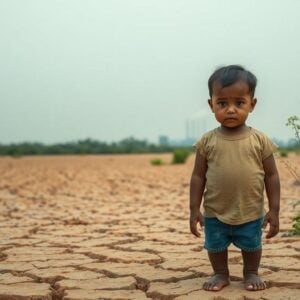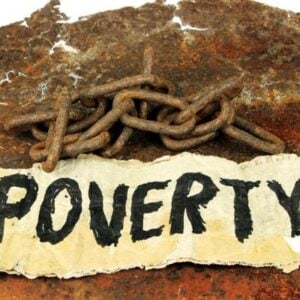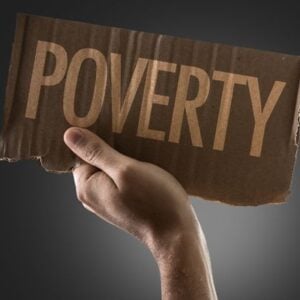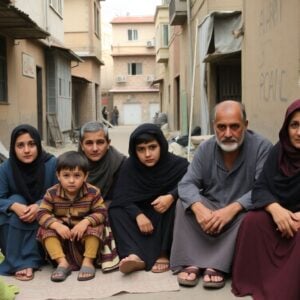A new report released at the start of Anti-Poverty Week shows that poverty in Australia has risen sharply, now affecting one in seven people. According to the Poverty in Australia 2025: Overview report by the Australian Council of Social Service (ACOSS) and the UNSW-led Poverty and Inequality Partnership, 14.2% of Australians—or 3.7 million people—lived below the poverty line in 2022–23. This represents an increase from 12.4% in 2020–21. The study also highlights that one in six children, or 757,000 young Australians, are living in poverty.
Researchers attribute the rise in poverty to the removal of COVID-related support payments and escalating housing costs. During the pandemic, temporary increases in JobSeeker helped reduce poverty, but this effect has reversed sharply. Rising rents have had a particularly severe impact on low-income households, with median advertised rents from June 2021 to June 2023 rising by 40% in Sydney, 34% in Melbourne, and 41% in Brisbane. As a result, the share of low-income renters spending more than 30% of their income on housing, a measure known as rental stress, increased from 52% to 57%.
Experts emphasize the urgency of addressing these challenges. UNSW Vice-Chancellor Professor Attila Brungs described the findings as a stark reminder that poverty remains a pressing national issue and highlighted the need for strategies to ensure prosperity is shared across society. Professor Verity Firth, UNSW Vice-President for Societal Impact, Equity & Engagement, stressed translating evidence into policy change to improve outcomes for affected Australians.
ACOSS CEO Dr Cassandra Goldie called for stronger government action to address the problem, pointing to inadequate income support, limited social housing, and the need for clear targets and accountability in poverty reduction. The report notes that the poverty line, defined as 50% of median household after-tax income, is $584 per week for a single adult and $1,226 per week for a couple with two children. On average, households below the poverty line earn $390 per week less than needed, while families with children are $464 below the threshold, highlighting the significant financial gap facing vulnerable Australians.







